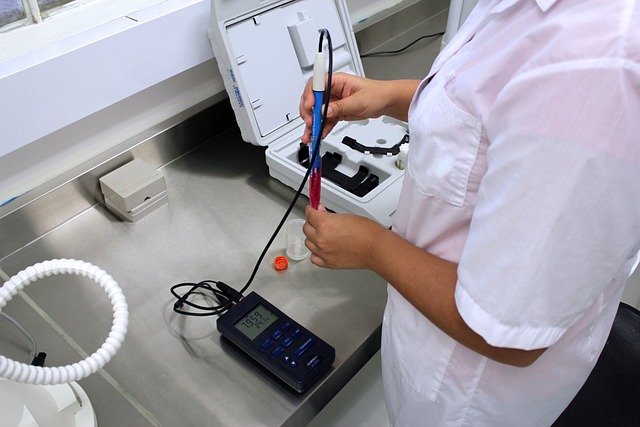Treatment Options
Overview of Treatment Methods
In addressing the complexities of sexually transmitted diseases (STDs), it is crucial to understand the various treatment methods available. The landscape of STD treatment has evolved significantly over the years, influenced by advances in medical research, pharmacology, and a deeper understanding of sexual health. This overview aims to familiarize readers with the primary methods of treatment, emphasizing their effectiveness, accessibility, and the importance of tailored approaches to individual cases.
Antibiotic therapy remains the cornerstone for treating bacterial STDs such as chlamydia, gonorrhea, and syphilis. These infections are typically responsive to specific antibiotics, which can effectively eliminate the pathogens when administered correctly. The choice of antibiotic and duration of treatment may vary based on the type of infection, the patient’s medical history, and local resistance patterns. Public health initiatives often emphasize routine screening and prompt treatment to mitigate the spread of these infections, underscoring the role of healthcare providers in educating patients about adherence to prescribed regimens.
Viral STDs, including human immunodeficiency virus (HIV) and herpes simplex virus (HSV), require different treatment strategies. Antiretroviral therapy (ART) is the standard for managing HIV, aiming to reduce viral load to undetectable levels, thus improving the quality of life and preventing transmission. For HSV, antiviral medications can help manage outbreaks and reduce the frequency of recurrences. While these treatments do not cure the infections, they significantly enhance the overall health of affected individuals and minimize the risk of transmission to sexual partners.
In addition to pharmacological treatments, holistic and supportive therapies play an essential role in managing the emotional and psychological aspects of living with STDs. Counseling services, support groups, and sex therapy can provide critical assistance, helping individuals navigate the social and emotional challenges associated with their diagnoses. By addressing these psychological components, healthcare providers can foster a more comprehensive approach to treatment, ensuring that patients feel supported and empowered in their health journeys.
Preventive measures are equally vital in the context of STD treatment. Vaccination against certain infections, such as human papillomavirus (HPV) and hepatitis B, is a highly effective strategy for reducing the incidence of these diseases. Education on safer sex practices, including the use of condoms and regular testing, is essential in empowering individuals to take control of their sexual health. By integrating preventive strategies with available treatment methods, a more robust framework for managing STDs emerges, ultimately leading to healthier communities and reduced transmission rates.


No responses yet